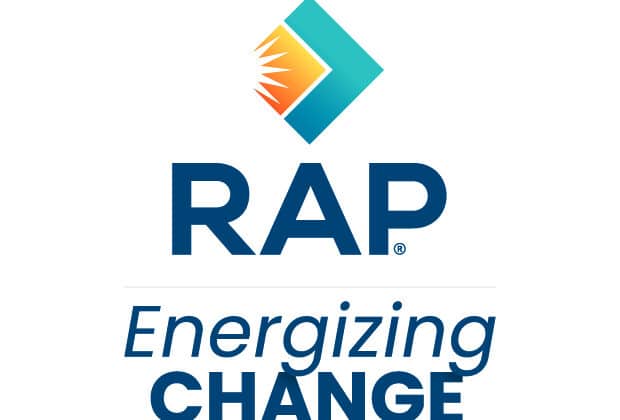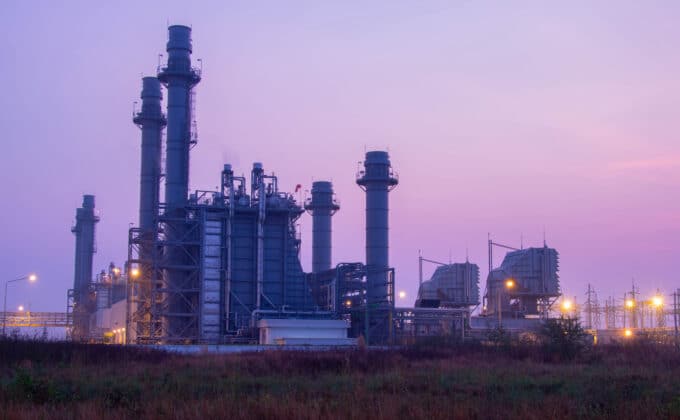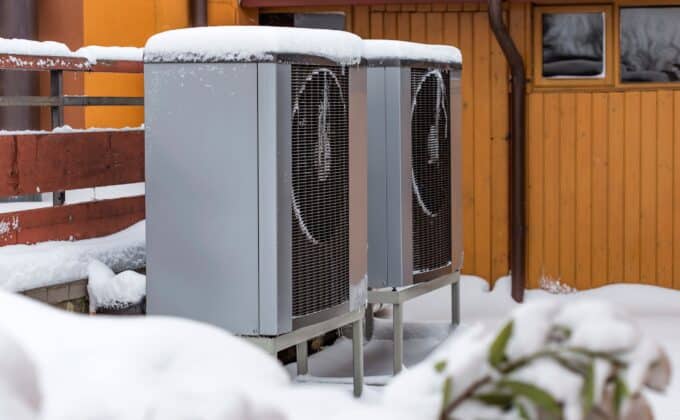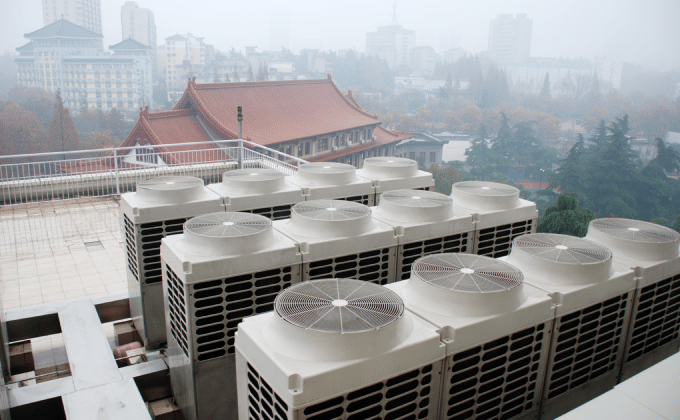Content Filter:
April 4, 2024
A New Chapter of Growth for RAP
- Regulatory Assistance Project
The Regulatory Assistance Project is beginning a new chapter of growth and thought leadership as we continue bringing clarity to the complexity of the clean energy transition. After thoughtful discussions between Richard Sedano and the RAP board of directors, Sedano… View Summary +

April 15, 2024
Risky Reliability: Will Regulators Address the Price Risk of the Next Generation of Gas Power Plants?
Thanks to an increase in manufacturing development, electricity demand is rising faster than expected in the Southeast. As a result, Duke, Georgia Power and TVA are asking their regulators to approve a series of new gas-fired generators using reliability and… View Summary +

April 11, 2024
The History of Heat Pumps: Technology Advances to Meet the Cold-Climate Challenge
- Vivian Cox
Heat pumps — all-electric, super-efficient temperature control appliances that can both heat and cool indoor spaces — are a key to decarbonizing heating, especially as the grid is served increasingly by carbon-free resources. The 2022 Inflation Reduction Act (IRA), the… View Summary +

March 12, 2024
对建筑行业碳减排路径的探讨
中国提出的“双碳”目标要求在2030年实现全面碳达峰,2060年实现碳中和。这引发了一个问题,即建筑行业在2060年前实现脱碳的路径是什么。本文简要地概述了其中一个可行且具有成本效益的路径,并探讨了可能阻碍实现这一路径的潜在障碍。 建筑行业碳减排路径 中国宏观经济研究院能源研究所和一些国际机构定期开展能源转型的研究,包括对全面减碳路径的分析,以及对各个领域的发展建议。在《中国能源转型展望2022》(以下简称“展望”)中,建筑行业碳减排路径的分析与双碳目标基本一致,其中包含以下几个关键的建筑行业里程碑:… View Summary +

March 11, 2024
What is a feasible pathway to full building sector decarbonisation for China?
Our global team at RAP spends a lot of time working on the deep details of building sector energy policy and regulation, grappling with the next policymaking steps in various places around the world. To calibrate our efforts and to… View Summary +

February 29, 2024
Addressing the Problem: Controlling Your Water Heater for Consumer Savings and Load Flexibility
In early January, I sat in my apartment as the winter’s first true cold snap ripped through Montana. It was negative 10 degrees out, with wind chills pushing temperatures even lower. I shivered at the idea of getting my next… View Summary +

February 1, 2024
Will price cannibalisation kill the market for wind and solar? Another conversation with Dominic Scott’s inner teenage sceptic
Not to be out done by Monika and Bram, Dominic Scott has another chat with his inner teenage self. This time on the topic of whether the rollout of renewables will eat itself. (For more on this topic, please see our … View Summary +

January 23, 2024
Making contracts for difference smart: Conversations with Dominic Scott’s inner teenage sceptic
In response to stomach-churning increases in electricity prices of 2022, prompted by the invasion of Ukraine and issues with the French nuclear power fleet, European institutions have been devising reforms to put consumers on a more solid footing. One of… View Summary +

December 25, 2023
中国区域电力市场:南方电网区域市场设计方案回顾(执行摘要)
- Fredrich (Fritz) Kahrl ,
- Jingying “Jing” Chen
在过去的十几年,中国南方区域一直走在电力市场规则制定与实施的前沿。从2022年中到2023年7月,国家能源局南方监管局、中国南方电网电力调度控制中心以及广州电力交易中心有限责任公司发布了一系列文件,明确了中国南方电网地区的区域电力市场设计。本报告主要基于2023年6月发布的《南方区域电力市场运营规则(征求意见稿)》(以下简称《运营规则》或《规则》),并在一定程度上参考了多个“实施细则”和其他政策文件的基础上,对南方区域市场设计进行了简要回顾。本文为讨论稿,希望借此文抛砖引玉,与业内人士共同探讨。 区域电力市场可以有效地加强系统稳定性、降低排放、低成本地帮助可再生能源并网,更公平地分摊成本,并且提高电价和成本的透明性。《运营规则》是推动中国南方电网建立区域电力市场重要的第一步。然而,《规则》在一些关键领域仍然存在一些不清晰之处与尚未充分解决的市场设计问题,其中最重要的几点包括: 结算体系并不完善; 由于部分市场参与主体未以现货市场价格结算而导致了市场运营商(电力交易中心)的不平衡资金问题; 缺乏区域调度控制;… View Summary +

December 21, 2023
Boiler alert: Predicting boiler breakdowns benefits households and reduces harmful emissions
Policymakers can provide stronger tools to avoid households becoming locked into new gas boiler systems We do not get to choose when our boiler breaks down. It could be at the start of the weekend, when a houseful of relatives… View Summary +

